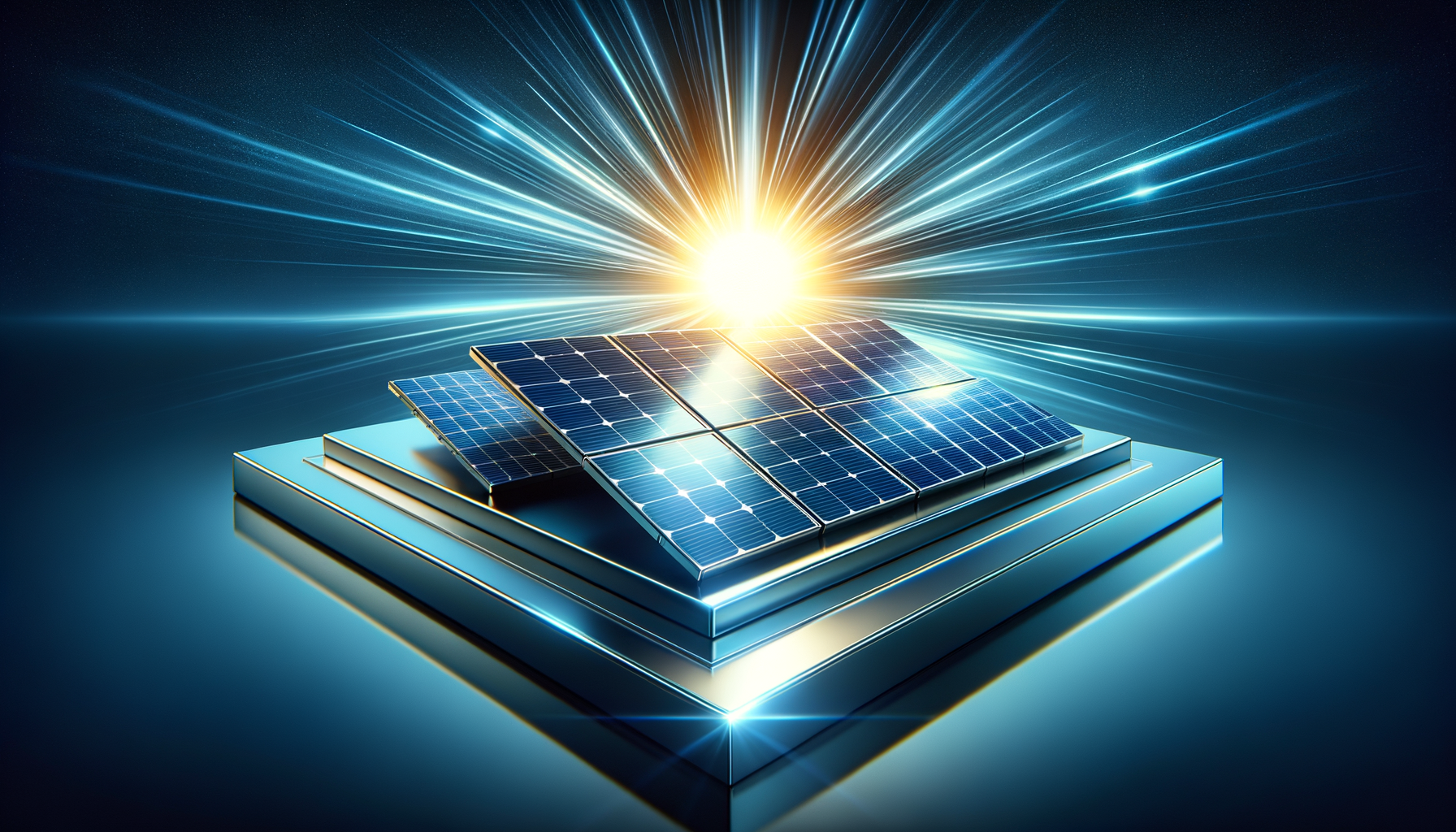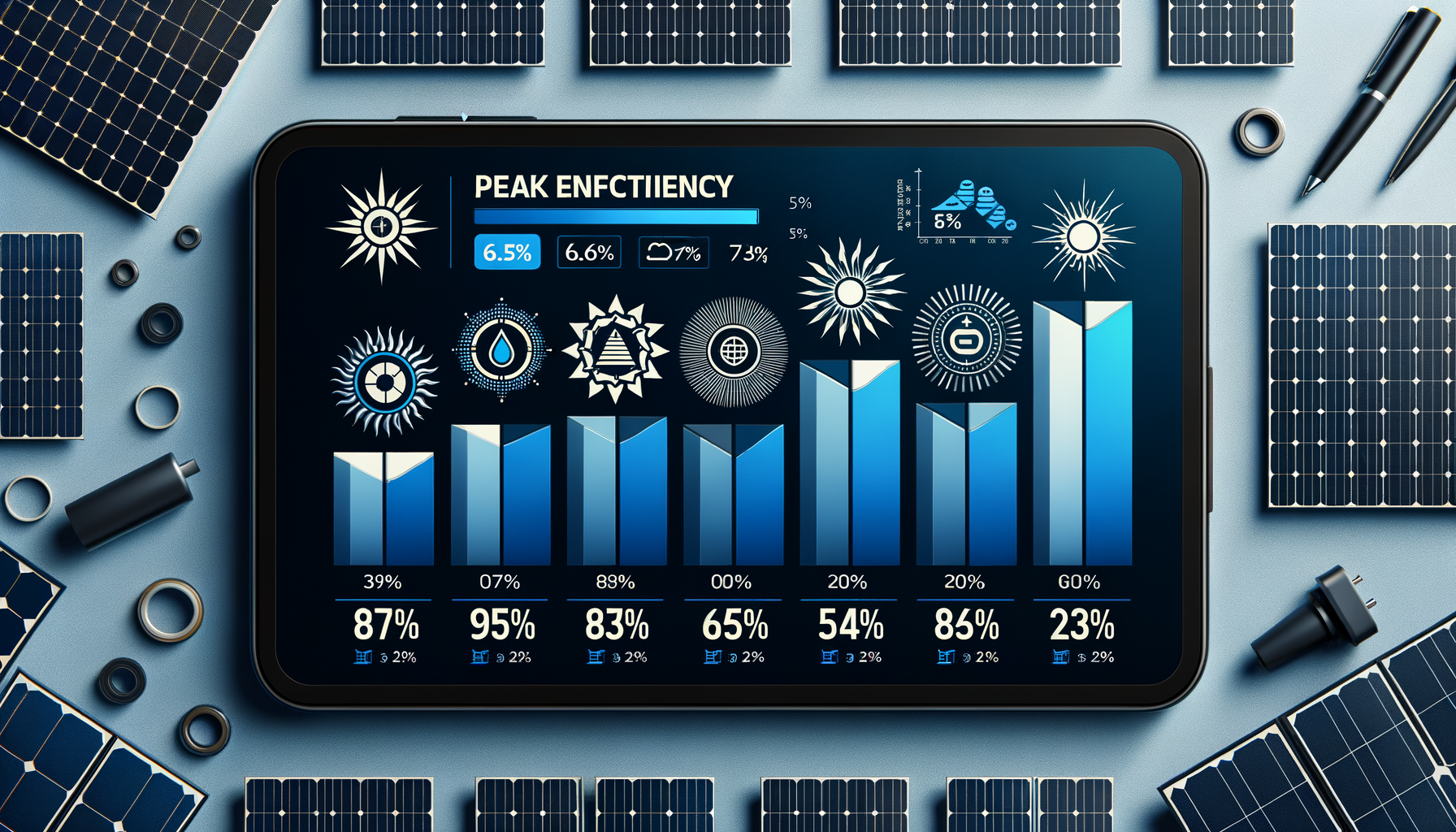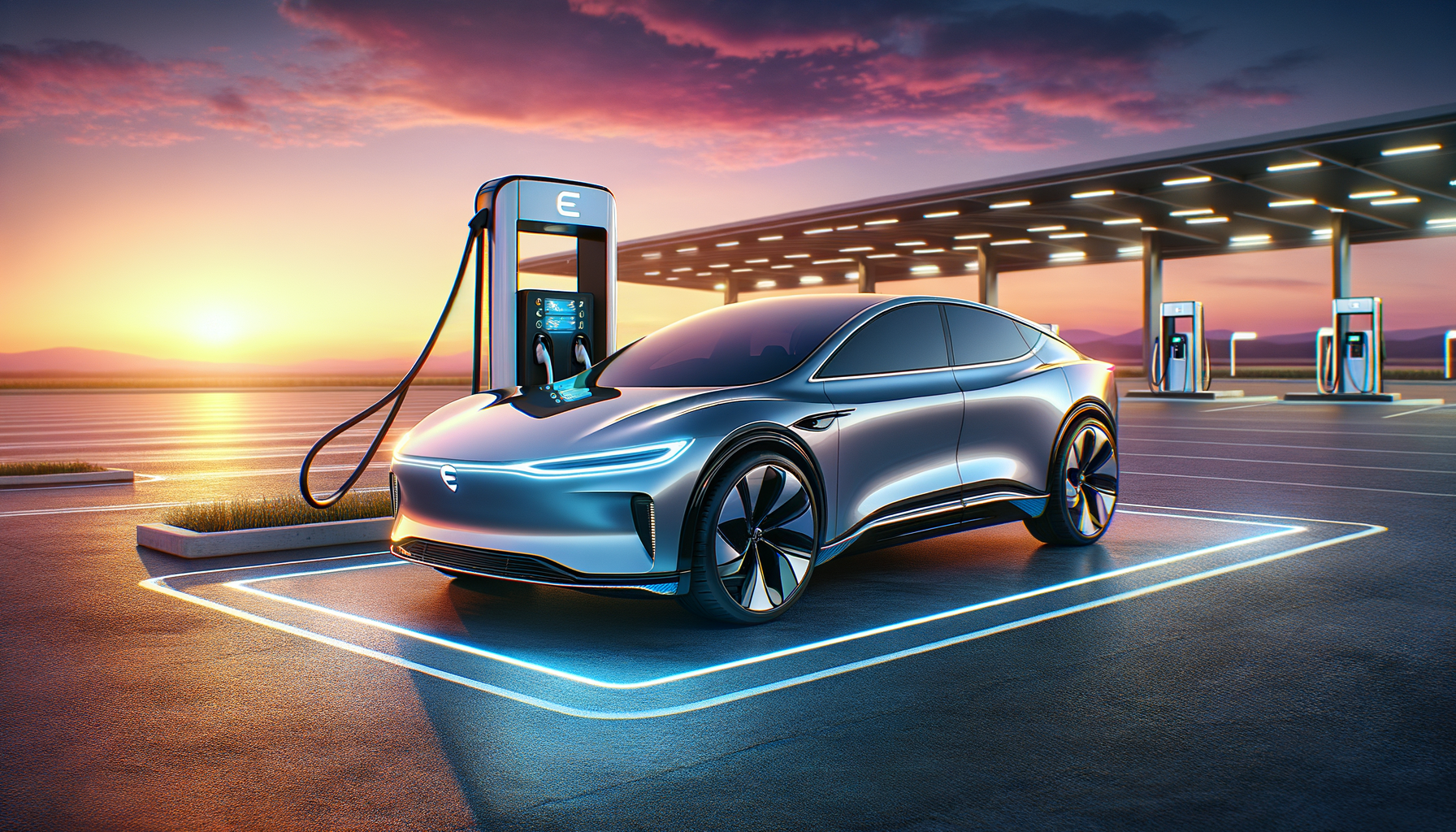The Ultimate Guide to the Highest Efficiency Solar Panels in 2023

Updated 4 months ago
Maximizing the energy we harness from the sun lies at the heart of solar panel technology. As homeowners and businesses increasingly opt for sustainable energy solutions, understanding the efficiency of solar panels has never been more critical.
The Essence of Solar Panel Efficiency
Efficiency is at the forefront of any solar panel technology discussion. It signifies the ratio of sunlight that the panel can convert into usable electricity. In the past decade, we've seen efficiencies leap from average levels of 15% to over 22%, with some panels pushing even closer to the 25% mark. This means a greater share of sunlight is being converted, which translates into more power output per square foot of solar panel.
Leading the Pack: Brands Championing Efficiency
So, who sets the bar for solar panel efficiency? In the 2023 market, several brands are competing for the top spot. SunPower, Canadian Solar, and LONGi Solar, to mention a few, have all released panels with impressive efficiency ratings, propelling solar technology into a new era of energy productivity.
Key Factors Affecting Panel Efficiency
Several factors contribute to a panel's efficiency, including the type of photovoltaic cells used, the quality of anti-reflective coatings, and the panel's ability to dissipate heat. Monocrystalline panels made from a single silicon ingot historically boast higher efficiency rates due to the purity of the silicon and a seamless lattice structure that facilitates electron movement.
Calculating Solar Panel Efficiency
To calculate solar panel efficiency, we take the power output (measured in watts) under Standard Test Conditions (STC) and divide it by the surface area of the panel (in square meters) and the standard irradiance value of 1000W/m^2.
Efficiency (%) = (Pmax / Area) / 1000W/m^2
For example, a panel with a Pmax of 320 watts and area of 1.6 m^2 yields an efficiency of 20%.
Real-World Performance vs. Laboratory Conditions
While STC provides a controlled benchmark for panel comparison, real-world factors like temperature, shading, angle of installation, and local weather conditions can impact panel performance. Advanced technologies often come with better temperature coefficients, meaning they're less susceptible to performance drops in high heat—a crucial factor for installations in warmer climates.
The Future Is Bright: Emerging Technologies
The solar industry continues to innovate, with new technologies like Perovskite solar cells and Bifacial solar panels showing promising signs of increased efficiency and potential cost benefits when introduced to the market.
The Most Efficient Solar Panels of 2023
As of 2023, the panels boasting the highest efficiency hail from some of the industry's most renowned manufacturers. Here's a roundup of the panels leading efficiency stats this year:
- SunPower Maxeon Series – Up to 23.0% efficiency
- LG NeON R – Up to 22.3% efficiency
- REC Alpha Series – Up to 21.7% efficiency
- Canadian Solar HiKu6 – Up to 21.3% efficiency
- LONGi Solar Hi-MO X – Up to 21.0% efficiency

Choosing the right solar panel involves examining efficiency, durability, warranty, and overall system costs. Our goal is to help consumers identify not only the most efficient panels but also those offering the best overall value.
When Efficiency Meets Affordability
While high-efficiency panels offer greater power generation, they may also come with a heftier upfront cost. To determine if these panels are right for you, consider your available roof space, local climate, and long-term savings potential. Often, the energy savings over time can offset the initial investment—especially with federal, state, and local solar incentives factored in.
Incentives: Maximizing Your Solar Investment
Solar tax credits and incentives are vital to consider when estimating the return on investment. The Investment Tax Credit (ITC), for example, can significantly reduce the cost of a solar installation, making high-efficiency panels more attainable for the average consumer.
Conclusion: Efficiency Is Just the Beginning
Efficiency is a critical aspect of solar panels, but it's only part of the picture. Durability, warranty periods, and the reputable track record of the panel manufacturer also play fundamental roles. With technological advancements and market competition driving innovation, consumers now have more options than ever to ensure they are investing in an efficient and reliable solar power system.
Remember, the most sustainable energy is the one we don't use. After maximizing efficiency with your solar array, consider energy conservation methods to complement your investment for an even brighter, more sustainable tomorrow.




